Sometimes, you might want to restart your computer to clear memory or for the smooth running of the system. However, restarting the computer might result in a shutdown of the system instead, which could add to the frustration. This unintentional crash could be due to multiple factors, including corrupt files, power supply problems, or some setting issues.
The good news is that this “computer shuts down instead of restarting” problem could be fixed with the options available in Windows. To know about fixes, read this article, which will provide a comprehensive list of all possible solutions along with the reasons causing this issue. By the end of this guide, you’ll also be introduced to a recovery tool that lets you recover lost files seamlessly.
Try Recoverit to Perform Computer Data Recovery

Table of Contents
Part 1. Understanding The Reasons Behind Why a Computer Shuts Down Instead of Restarting?
While looking for “how to restart a windows laptop without it shutting down”, one must be familiar with the following possible reasons for the issue:
- Corrupted Files: Sometimes, corrupted system files due to incomplete downloads or some other issue can result in computer shutdowns.
- Software and Drivers: Some newly installed software or drivers can lead to system crashes instead of a restart.
- Power Supply Issues: The power settings in your device could have been altered, which could lead to this issue as well.
- Pending BIOS and CMOS Updates: Outdated BIOS and CMOS updates might result in the shutdown of the PC.
- Unfinished Window Updates: If you have some pending window updates in your system, it could cause the system to crash repeatedly.
Learn how to troubleshoot errors, recover lost files, and get back to Split Fiction smoothly.

Part 2. Potential Fixes to "Computer Shuts Down Instead of Restarting
For fixing “computer taking long time to restart because of shutting down instead”, below are some possible quick fixes:
1. Check Power Settings and Set to Normal
While facing the issue of a computer crash instead of a restart, changing power settings to the standard setting could be one solution. This will undo any alterations in power supply settings, ensuring the original supply to run the system. Restoring the default settings will also boost performance, minimizing the chance of other unexpected crashes. Fix system shutdowns by following the given steps to change the Power settings back to default:
Step 1. Access the control panel and select the “Large Icons” option from the “View By” menu displayed in the top right corner.
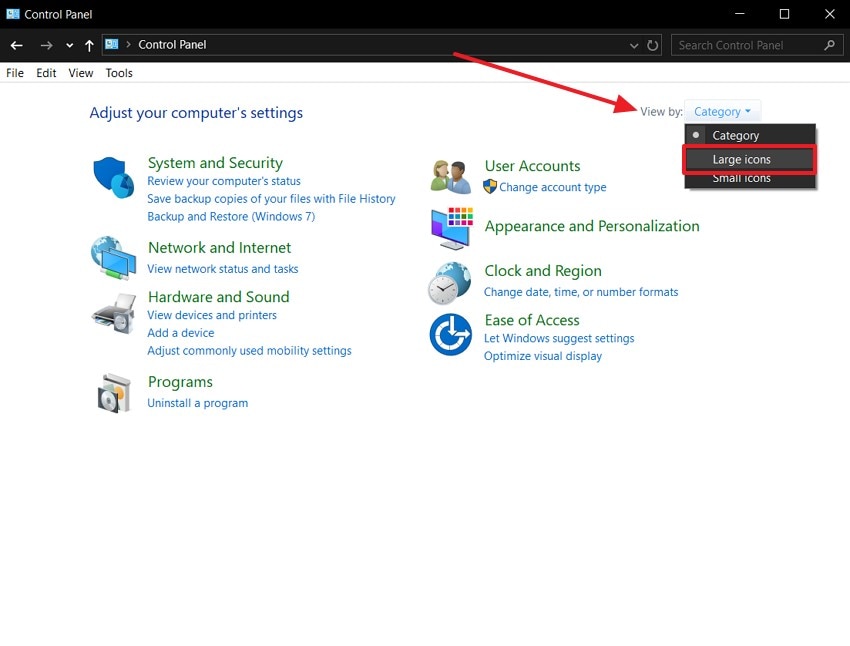
Step 2. Scroll to choose “Power Options” from the given items in the Panel interface.
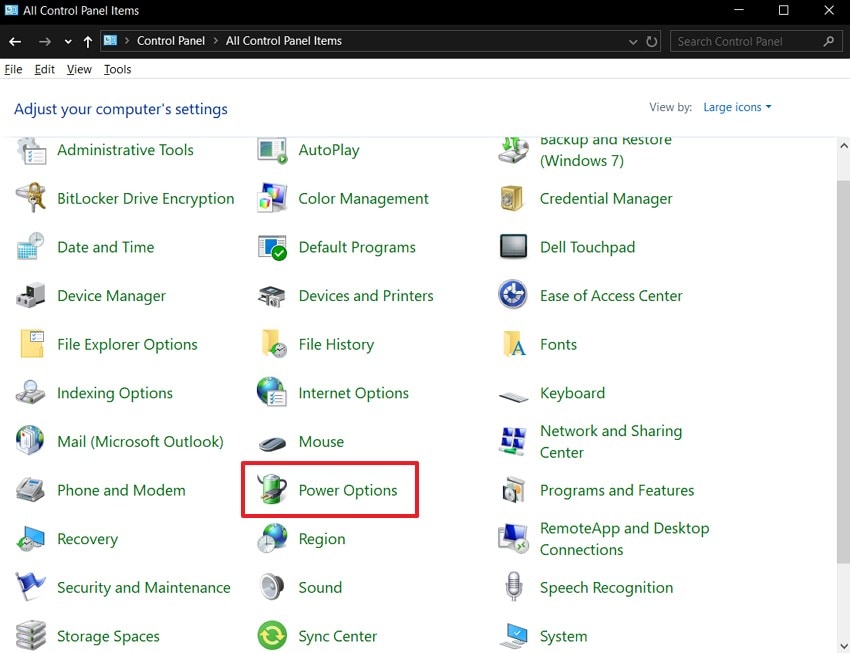
Step 3. On the next screen, pick the “Change Plan Settings” option displayed beside the “Balanced” power plan.
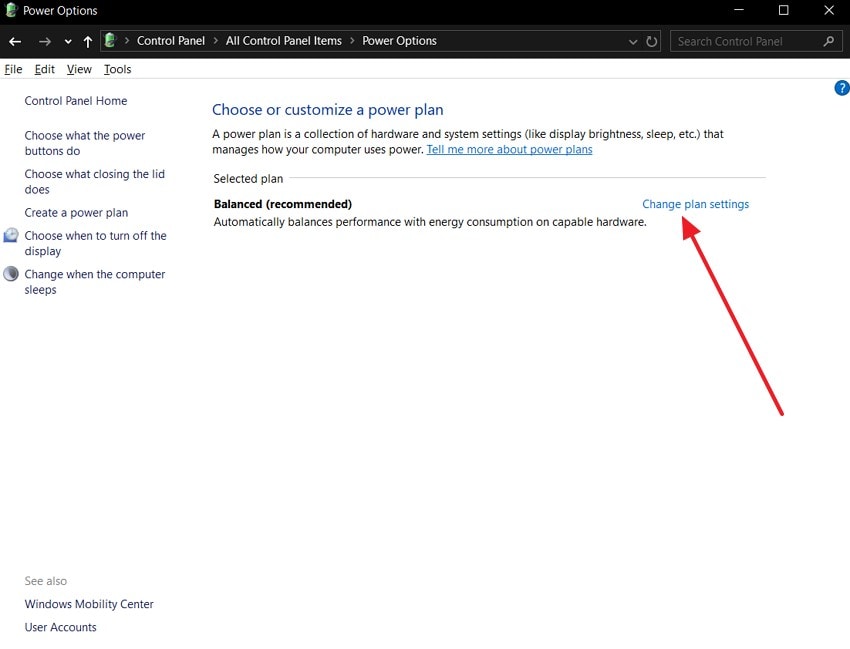
Step 4. Within the new tab, hit the “Restore Default Settings for this Plan” to change the power settings back to normal. From the pop-up menu that appears, choose the “Yes” button to verify the changes.
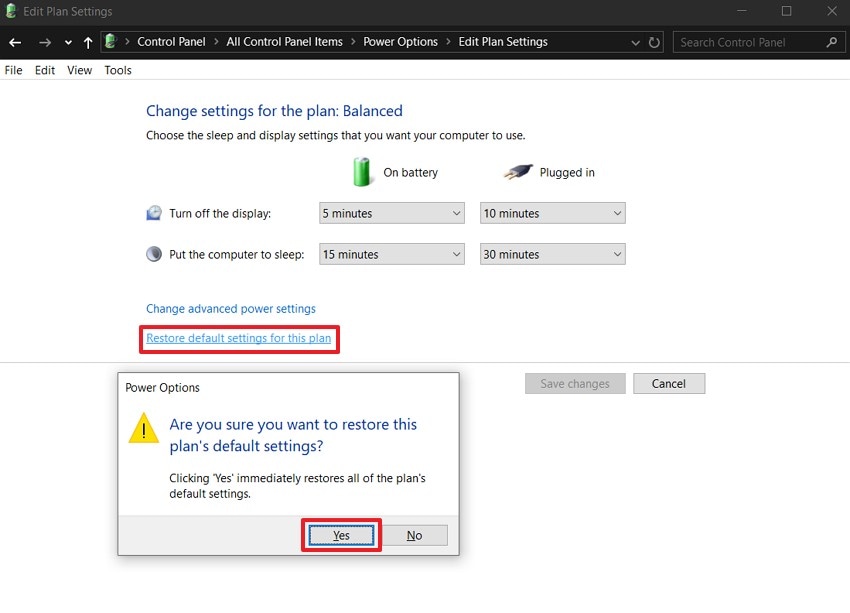
2. Disable Fast Startup Settings
While trying other fixes, disabling Fast Startup Settings could also be worth trying to restart Windows computer without the shutdown problem. Disabling the Fast Startup will prevent hybrid shutdowns due to a hibernation state, resulting in smooth restarts. Additionally, this will ensure complete installation of system updates, also averting any unexpected crashes of the system. Following the given steps, learn to disable Fast Startup for smoother functioning of your computer without crashes:
Step 1. By going to the control panel, find the “View By” drop-down menu and select the “Large icons” option from it.

Step 2. Hit the “Power Options” option among the given settings in the panel.
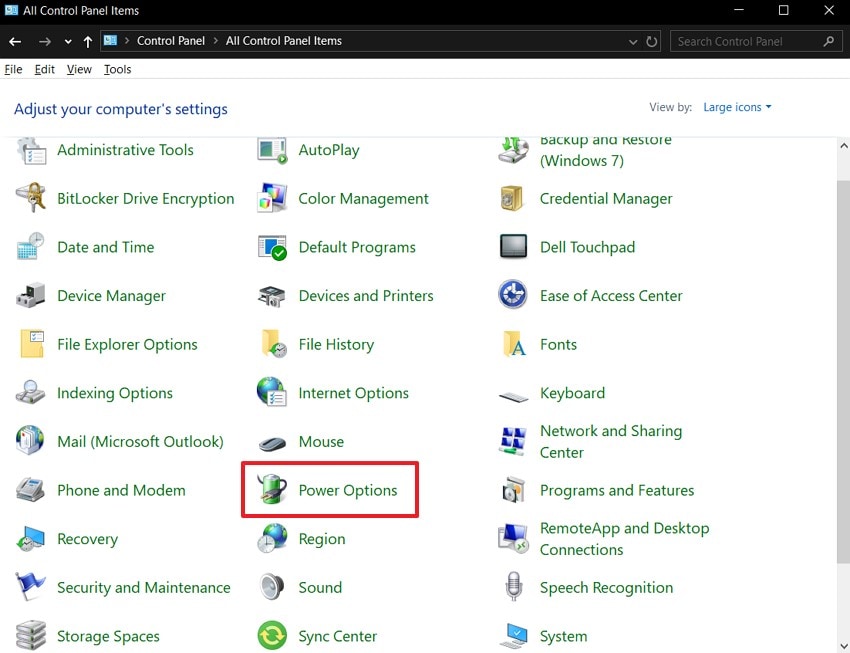
Step 3. Now, click on the “Choose What the Power Buttons do” setting option on the left side panel.
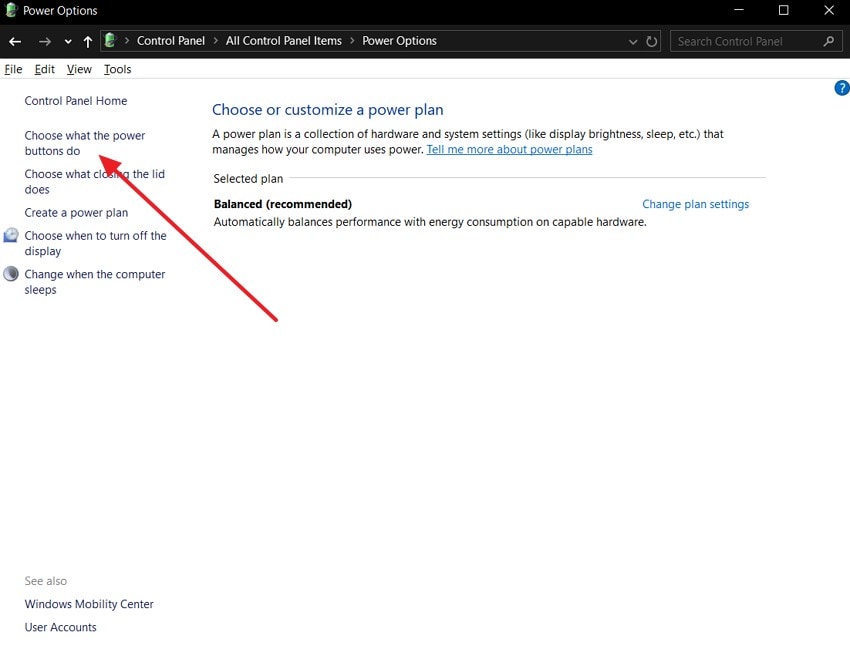
Step 4. Press the “Change Settings that are currently unavailable” bar with a shield icon.
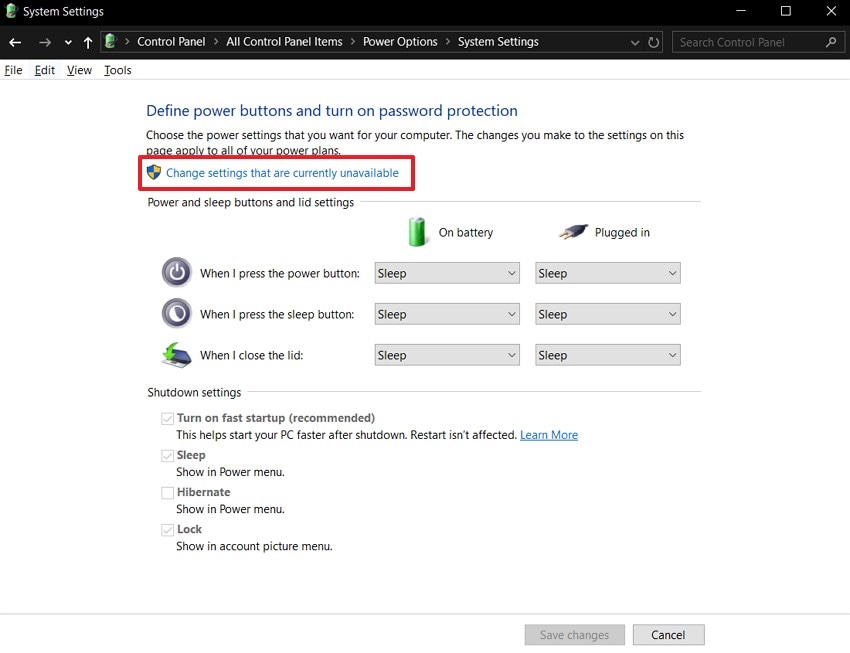
Step 5. In the “Shutdown Settings” section, untick the “Turn on Fast Startup” option to disable it.
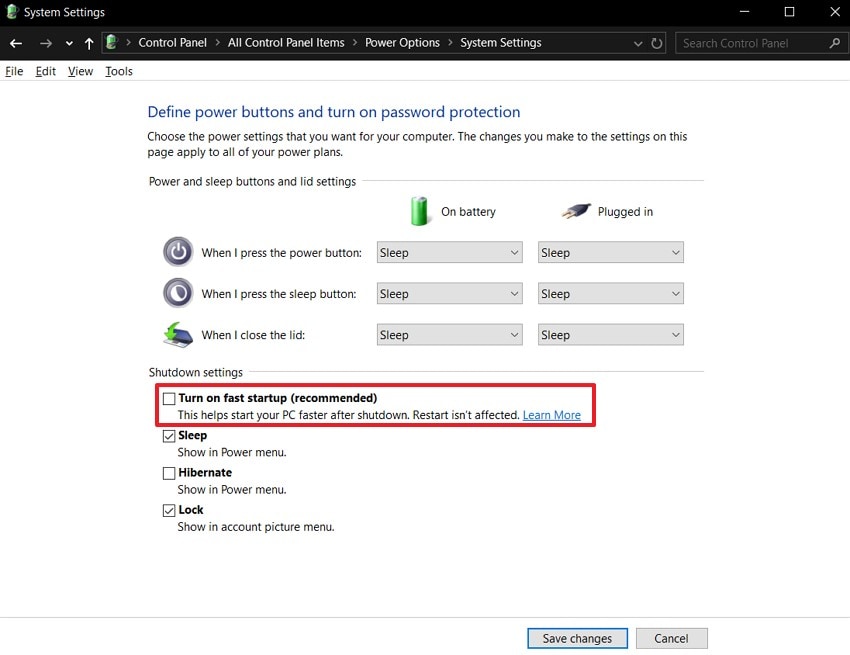
3. Check System Files For Corruption and Repair
If none of the above methods work, identifying and repairing corrupted files in the system could serve the purpose. Running SFC and DSIM to repair corrupt files will prevent them from interfering with the system and causing crashes. Adhere to the steps below to learn how restart a laptop without shutting down by checking for file corruption:
SFC (System File Checker)
Step 1. Accessing the start menu, search for “Command Prompt” and choose the “Run as Administrator” option while clicking the “Yes” button to reach the next window.
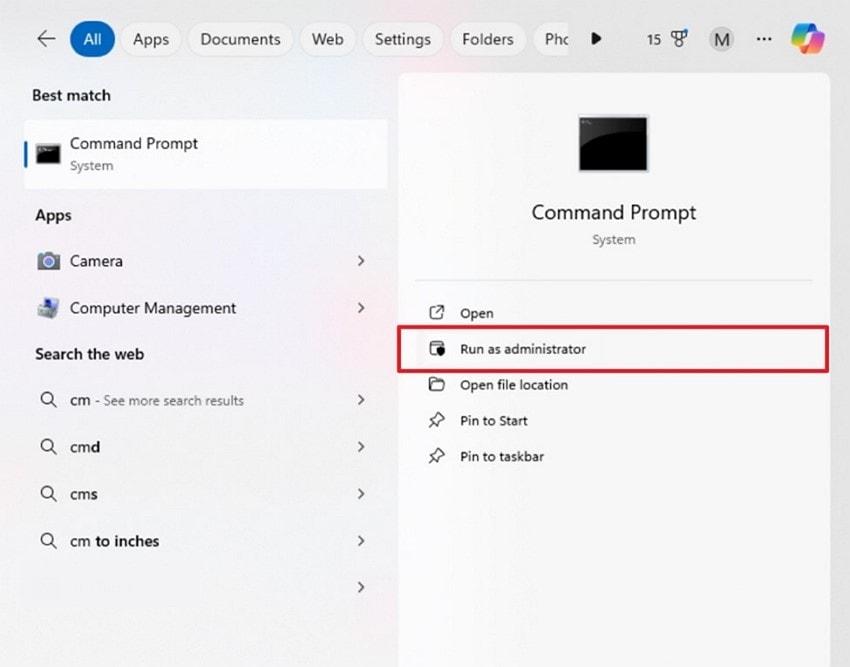
Step 2. Within the command prompt window, type the “sfc /scannow” command and press the Enter button to run it. Simply wait for it to finish to see the results, which would be one of the few different messages.
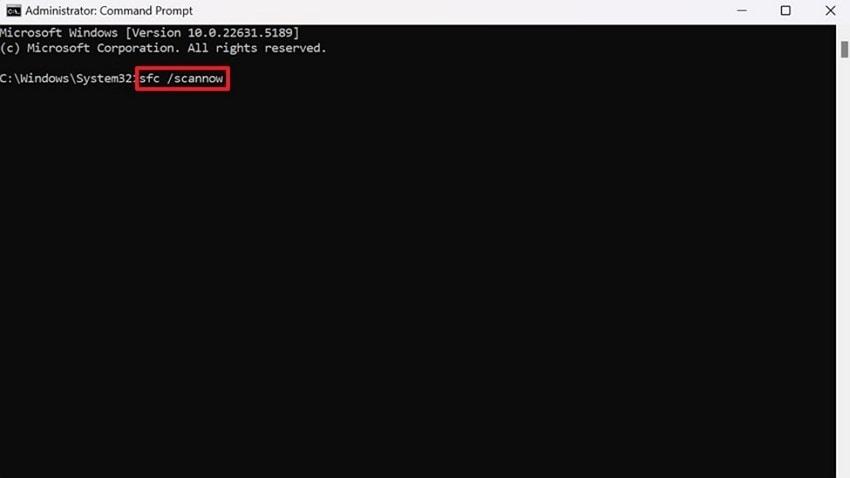
DISM (Deployment Image Servicing and Management)
Instructions.After selecting the “Run as Administrator” option, in the Command Prompt window, type “DISM.exe /Online /Cleanup-image /Restorehealth” command and hit the “Enter” button. When the process is complete, the DISM tool will connect with Windows servers to replace the damaged files.
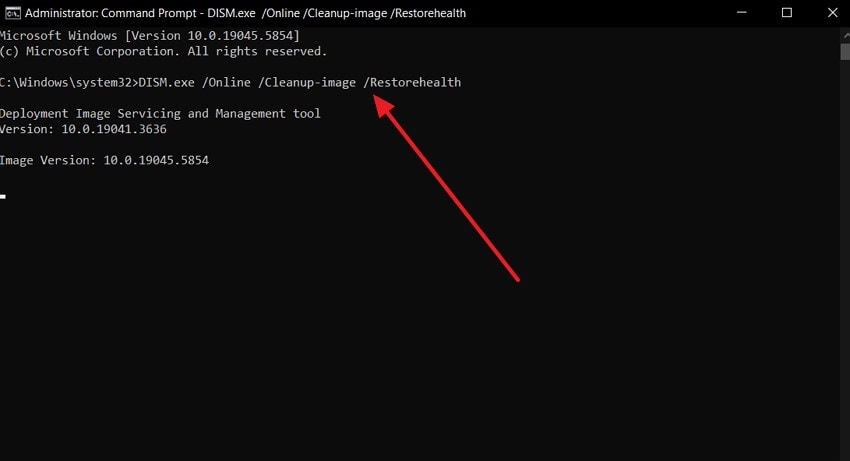
4. Operate Power Troubleshooter for Remedy
Operating the power troubleshooter as a fix will identify and resolve the power supply issues, thus preventing system shutdowns due to power malfunctions. Find out the solution to “How to deal with computer taking long time to restart?” by following the given steps to operate the power troubleshooter:
Step 1. Access the Windows settings and in the “System” tab, scroll to choose the “Troubleshoot” option.

Step 2. On the next screen, select the “Other Troubleshooters” option, scroll to find the “Power” option, and click on the “Run the Troubleshooter” button. While troubleshooting is going on, instructions will appear on the screen that you’ll follow, and then you'll restart your device.

5. Disable the Automatic Restart Option
To avoid system crashing with every restart, you could simply disable the automatic restart feature, which will prevent unnecessary restarts. Disabling this feature will limit the crashes to only those of the manual restarts done by the user. This will also allow the user to read the error the system runs into without automatically restarting and rebooting. Learn how to restart Windows laptop manually by disabling automatic restart through the mentioned steps:
Step 1. Firstly, press the “Windows + R” and in the pop-up screen, type “sysdm.cpl” command and press the “Ok” button.
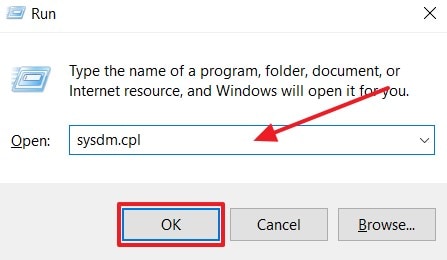
Step 2. In the next pop-up screen, select the “Advanced” tab to pick the click the “Settings” button from the “Startup and Recovery” section.
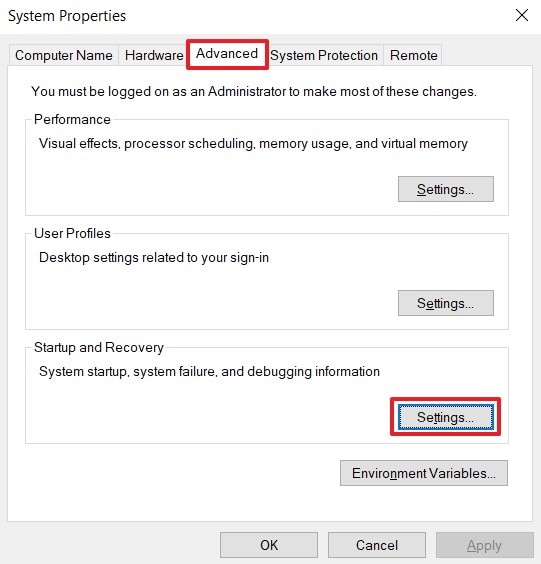
Step 3. On the following screen under the “System Failure” section, uncheck the box “Automatically Restart” and hit the “Ok” button.
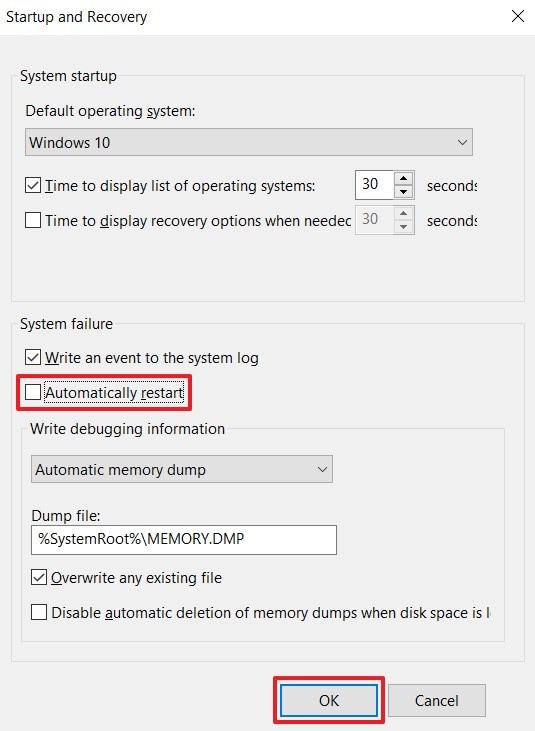
6. Manage Network Adapter Settings
When the “computer taking long time to restart because of shutting down” issue persists, changing network adapter settings could be the solution. It updates drivers and adjusts power settings to stabilize the power supply, which prevents unexpected power crashes. The network adapter settings can be optimized by disabling some adapters for power preservation and ultimately to prevent crashes. Follow the given steps to learn how to tweak the network adapter settings to prevent the computer from shutting down:
Step 1. Open the “Settings”, select the “Network & Internet” option, and scroll down to choose the “Advanced Network Settings” option.
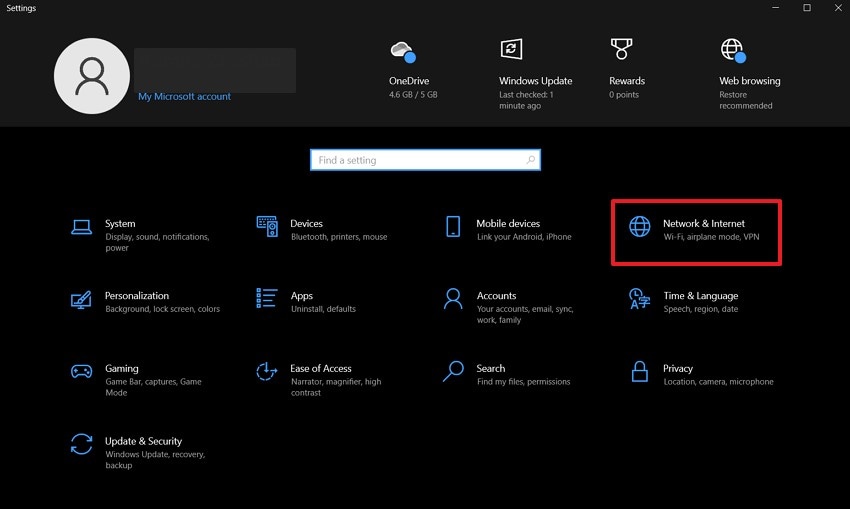
Step 2. Under the “Network Adaptor” section, hit the “Disable” button to turn off any one of the adapters.

Part 3. System Files Missing and Causing Computer to Shut Down? Fix with Recoverit!
If the cause of the “computer shuts down instead of restarting” issue is missing files, you could use Wondershare Recoverit to fix it. The tool can recover lost files in over 1000+ different formats, including videos and photos. It works on Mac devices and Windows, both with the same efficacy. Whether you have lost files due to hardware or software failure, system corruption, or human error, Recoverit offers seamless file recovery.
This tool claims to ensure file safety and be 100% safe and virus-free. Its simple and easy interface also makes your file recovery process smoother. Recoverit ensures a 99.5% success rate in file recovery, even for files that were deleted. If you’re trying to recover lost Word files, the minutest details, along with formatting, will remain unchanged. Additionally, it also has a newly added feature for effective email retrieval.
Key Features
- Preview Option: The tool gives a preview option to go through your file content and avoid missing out on details.
- Advanced Scanning: Recoverit carries out scanning with its advanced algorithms to look into every part of the device to restore files.
- Storage Device Support: For file recovery, it can access over 2000 types of storage devices, including SD cards.
A Step-by-Step Guide for Recovering Files Using Wondershare Recoverit
To restart Windows computer smoothly, retrieve your lost files using Recoverit by following the steps below:
Step 1. Choose the Location for File Retrieval
First of all, in the first interface, go to the “Hard Drives and Locations” option. There, select a hard disk under the “Hard Disks Drivers” tab and press the “Start” button to initiate quick scanning.
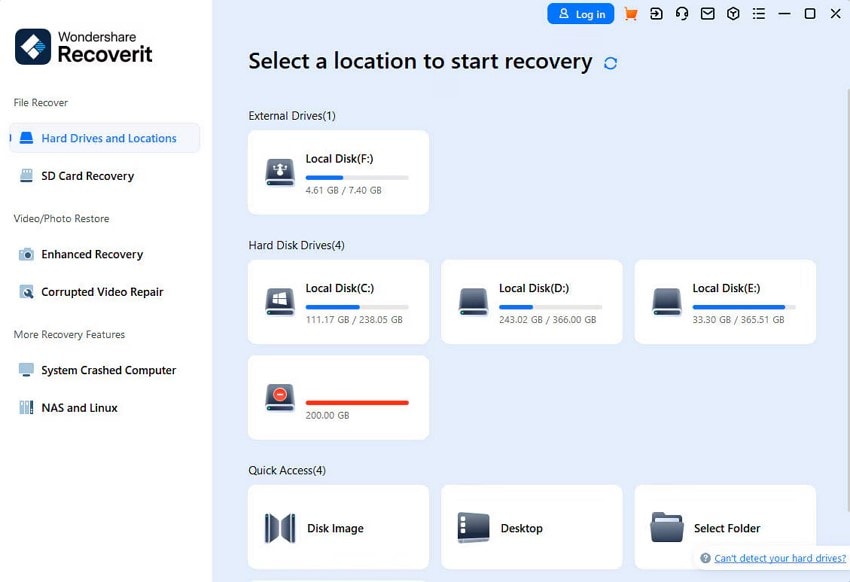
Step 2. Pinpoint Files in Scanning Process
In the scanning process, pinpoint those files you want recovered with the “File Type” and “File Size” filter options. Resultantly, you will get search results and files according to set parameters.
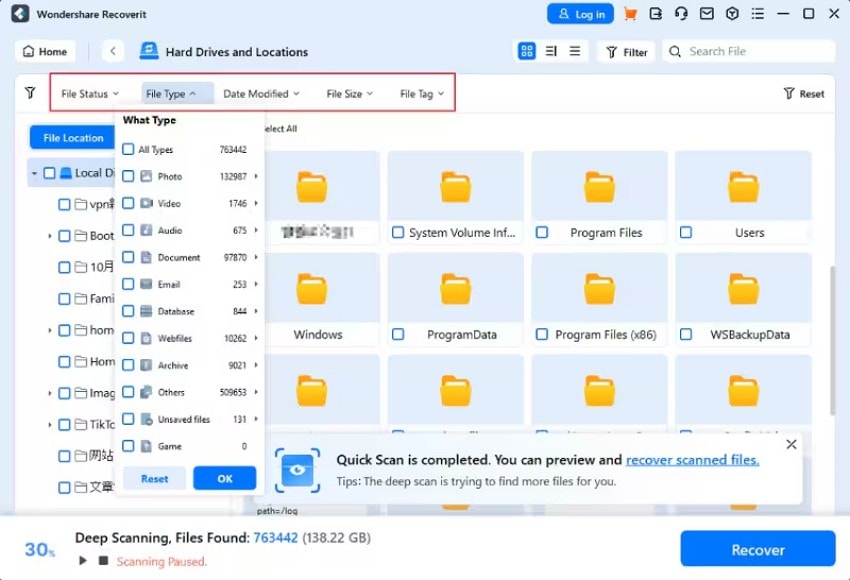
Step 3. Preview and Recover Files
Once you have the set of retrievable files, press the “Preview” button to enter “Preview” window. After confirming, click the “Recover” button to restore the lost files.
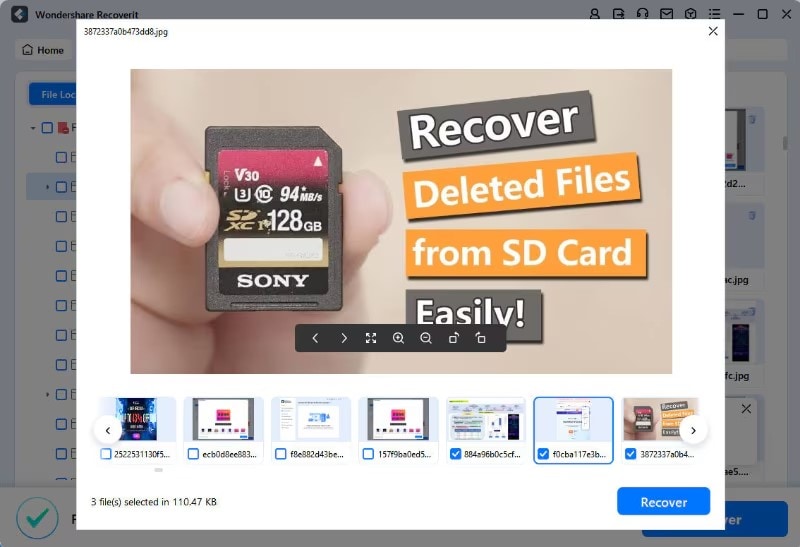
Conclusion
In summary, this article dealt with potential fixes for the “computer shuts down instead of restarting” issue. We briefly went through all the possible reasons for the issue. The article also delved deep into each solution in a complete guide. If missing files are causing the problem, we recommend using Wondershare Recoverit to restore them.
FAQ
-
How do I know if a driver is causing the restart problem?
You can use Device Manager to check for outdated or malfunctioning devices drivers marked with a yellow warning icon. Plus, reviewing recent drivers or using Safe Mode can help pinpoint if a driver is the issue. -
Can I recover unsaved files lost during sudden shutdowns?
If you face the computer shuts down instead of restarting, while you were saving files, there is a chance to recover them. You can use a professional tool, Recoverit, to retrieve unsaved documents, images, or videos, especially if they weren't permanently overwritten. -
What happens if I ignore the shutdown issue and keep using my PC?
Ignoring these issues can lead to data corruption, hardware stress, and a high chance of total system failure over time. Moreover, it can also prevent Windows updates or cause an inability to run applications.
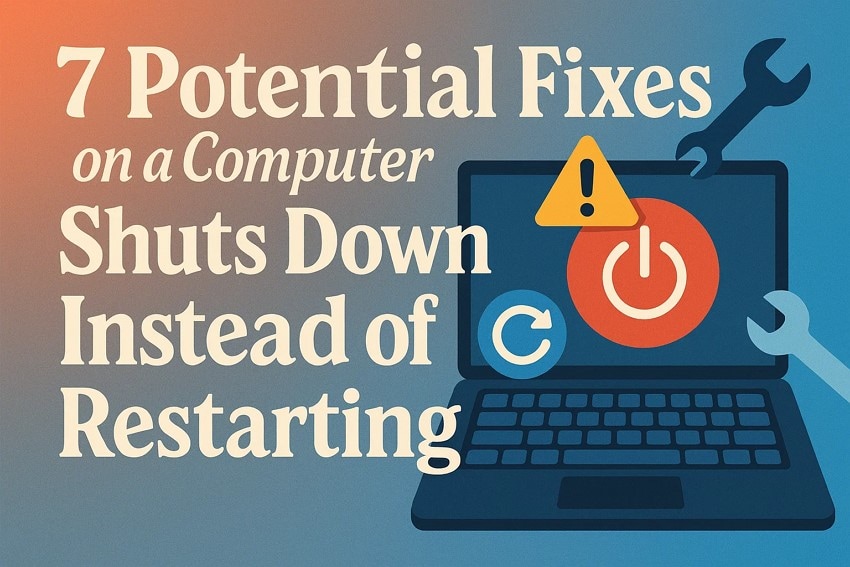



 ChatGPT
ChatGPT
 Perplexity
Perplexity
 Google AI Mode
Google AI Mode
 Grok
Grok























